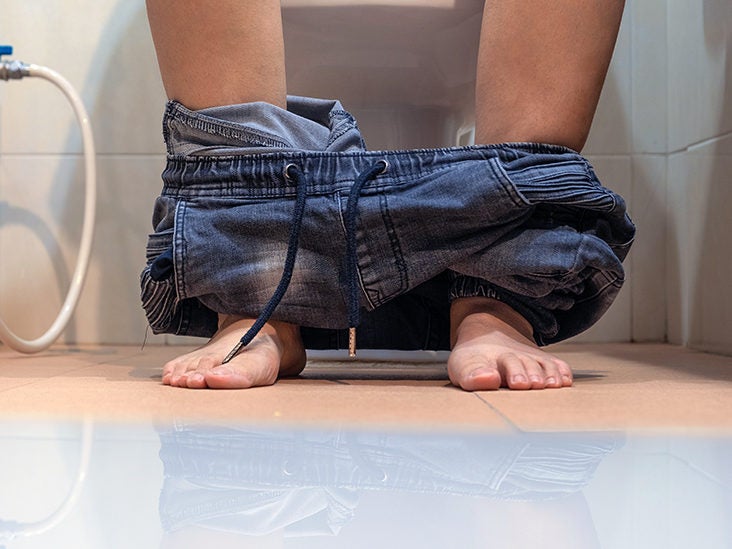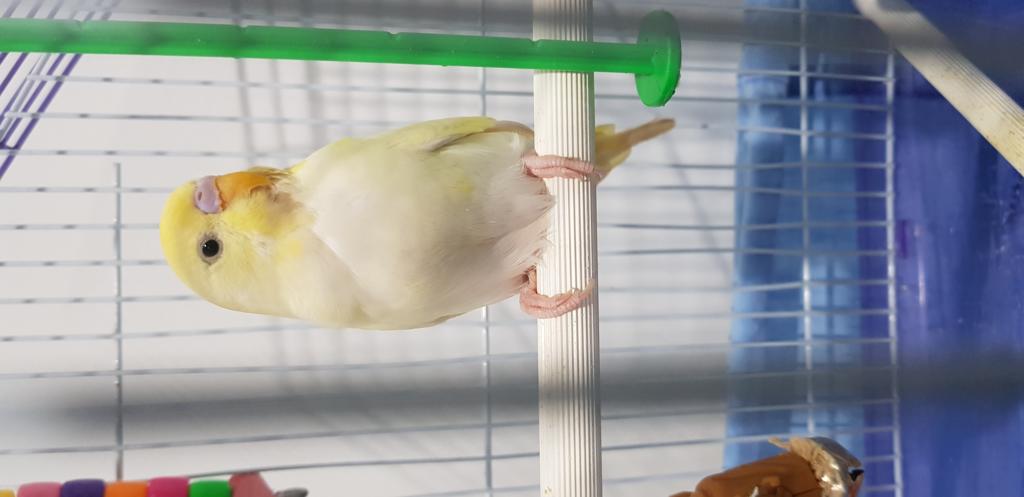
It is recommended to extrude the fester but it should soften first. You should provide her with bigger cages for more movement, often bathing and feeding with many vegetables and minerals. These birds are out of appetite and unhappy. Festering of the Sebaceous GlandĬanaries usually moult abnormally and sometimes the reason for this can be the inflammation or festering of a rump gland. In harder cases, you can add small amounts of antibiotics and sulponamide to drinking water.Ĭanaries are timorous and if they escape the cage they will hit into windows and walls, sometimes causing damage to themselves – if he gets a brain concussion his feathers will bristle and beak will become blue and he will die.

Crusts around breathing holes should be cleaned with cotton wool soaked in chamomile tea and sometimes rubbed with olive oil. Food needs to be varied and of high quality. You need to secure a well-heated, well-lit room full of fresh air. The bird is in fever, shivers sometimes, is in low mood and has no appetite. It is caused by cold, drinking cold water, bathing in cold water and draft but even tobacco smoke, furnace smoke and kitchen vapors can cause it. But if spasms are in question, it can be easily treated – just put the canary in a quieter room and feed him with lighter foods and give him chamomile tea instead of water. However, it might not be spasm but brain damage or epilepsy and there is no help, he will die in a few days. Usually, a canary will get upset, shiver, and fall on the ground. Reasons for spasms can differ – it can be fear, change of temperature, strong food or unsatisfied sex drive. Also, if you have multiple birds in a cage or room, separate the healthy from the diseased and disinfect the room. Diphtheria which attacks internal organs is a bit harder to treat – there you should use a knife to remove yellow scrubs on the mouth and then spread a mixture of iodine and glicerine over it with a piece of cotton wool. Treatment: there are two kinds of disease – skin diphtheria which is a pox, so you should treat scabs 2-3 times a day with glicerine and pig fat, and after they soften, with iodine tincture. His beak is usually open, breathes heavily and swallows.


DiphtheriaĪfter contracting the virus, the canary is tired, moves poorly, does not eat and loses weight. The disease is over if the canary does not die and if he is still alive two or three weeks after the first symptoms. Treating cholera with sulponamides diluted in water can be an option, and you could also use chlorampenicol. Feed him with oat porridge and let him drink chamomile tea instead of water. However, cholera does not always have to be lethal: if it lasts longer, you should remove sticks from cages and put hot sand there so that the canary can lie on it.


 0 kommentar(er)
0 kommentar(er)
